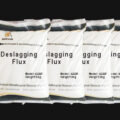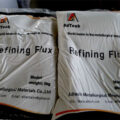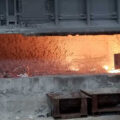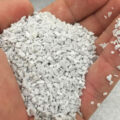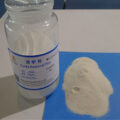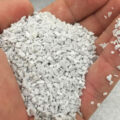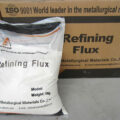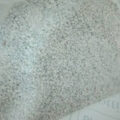The refining property of foundry fluxes refers to the ability of the flux to absorb and dissolve the oxide inclusions in the molten aluminum. The conditions for the flux to automatically adsorb oxidized inclusions are the interfacial tension between the melt and the flux and the interfacial tension between the melt and the impurities.
Because the oxide inclusions are not wetted by the molten aluminum, the interfacial tension between the two is very large. The flux wets the oxide inclusions, and the interfacial tension between the two is relatively small. After the flux absorbs the oxidized inclusions in the melt, it can reduce the surface free energy of the system. Therefore, the flux has the ability to automatically adsorb oxidation inclusions, and we call this ability the refining property of the flux. This adsorption is the main reason for flux slag removal. Obviously, the lower the interfacial tension between the flux and the non-metallic inclusions, and the greater the interfacial tension between the flux and the molten aluminum and the interfacial tension between the molten aluminum and the non-metallic inclusions, the better the flux’s adsorbability and the greater the slag removal effect.
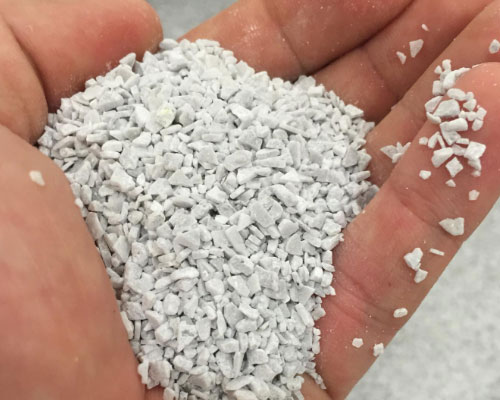
The main purpose of using flux is to prevent melt oxidation and gas absorption. Some foundry fluxes have the functions of slag removal and refining at the same time. Basic conditions of flux materials:
- Must be dehydrated.
- The melting point is lower than the melting point of the alloy before the charge is melted and becomes a protective layer of the melt.
- The density is less than that of the melt, and it can float on the surface of the alloy liquid after melting.
- Have suitable viscosity and surface tension. It can not only form a continuous protective layer, but also easily separate from the melt.
- Try not to chemically react with the furnace lining, but it can wet the furnace lining well.
- Does not contain harmful gases and impurities.
- Abundant resources, cheap, and easy to preserve.
When using granular flux for degassing refining, the dehydrated flux is pressed into the molten pool with a bell jar, and the purpose of dehydrogenation is achieved by relying on the thermal decomposition of the flux or the volatile bubbles produced by the chemical reaction with the metal. Aluminum alloys are often degassed by fluxes containing chloride salts. The more gas produced by the same weight of flux, the better the degassing effect. At the same weight, the amount of gas produced by C2Cl6 is more than that of MnCl2 during refining, and the amount of non-moisture absorption is small, and the price is low. It is a good solid degassing refining agent. However, ventilation and exhaust must be strengthened during use to avoid environmental pollution.
In order to improve the refining effect and slow down the reaction intensity, add different proportions of hexachloroethane, cryolite powder, table salt, etc.

